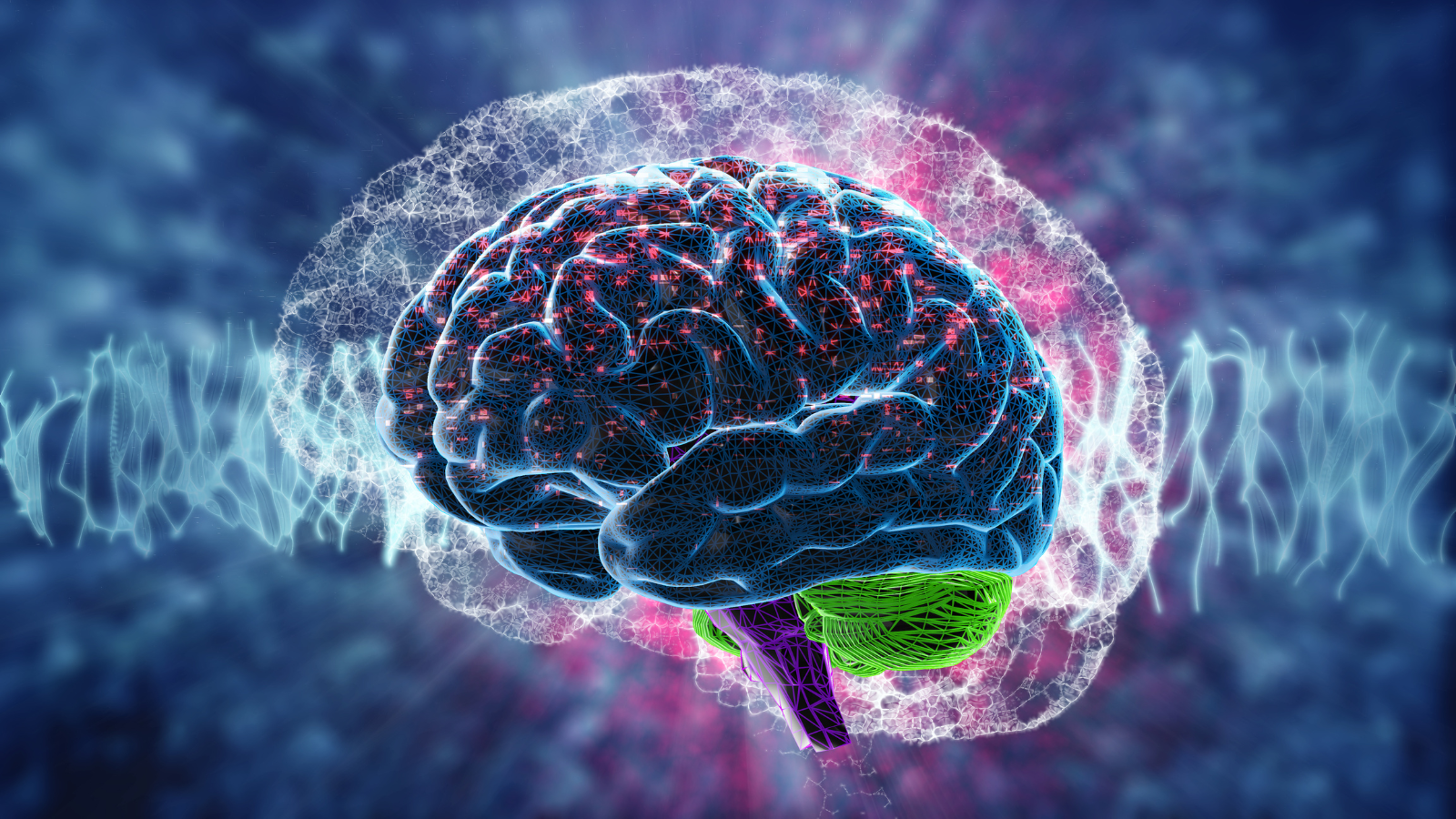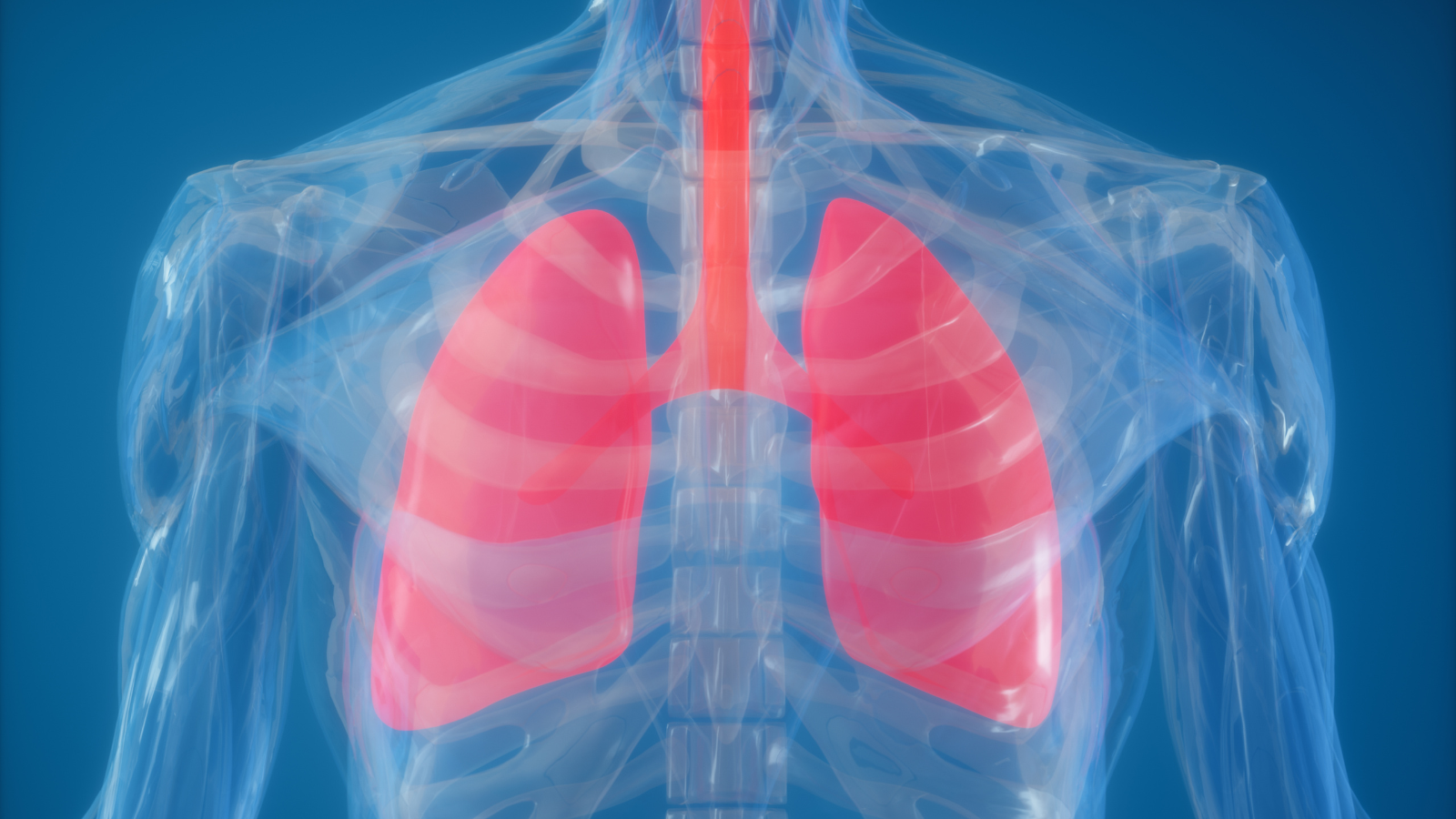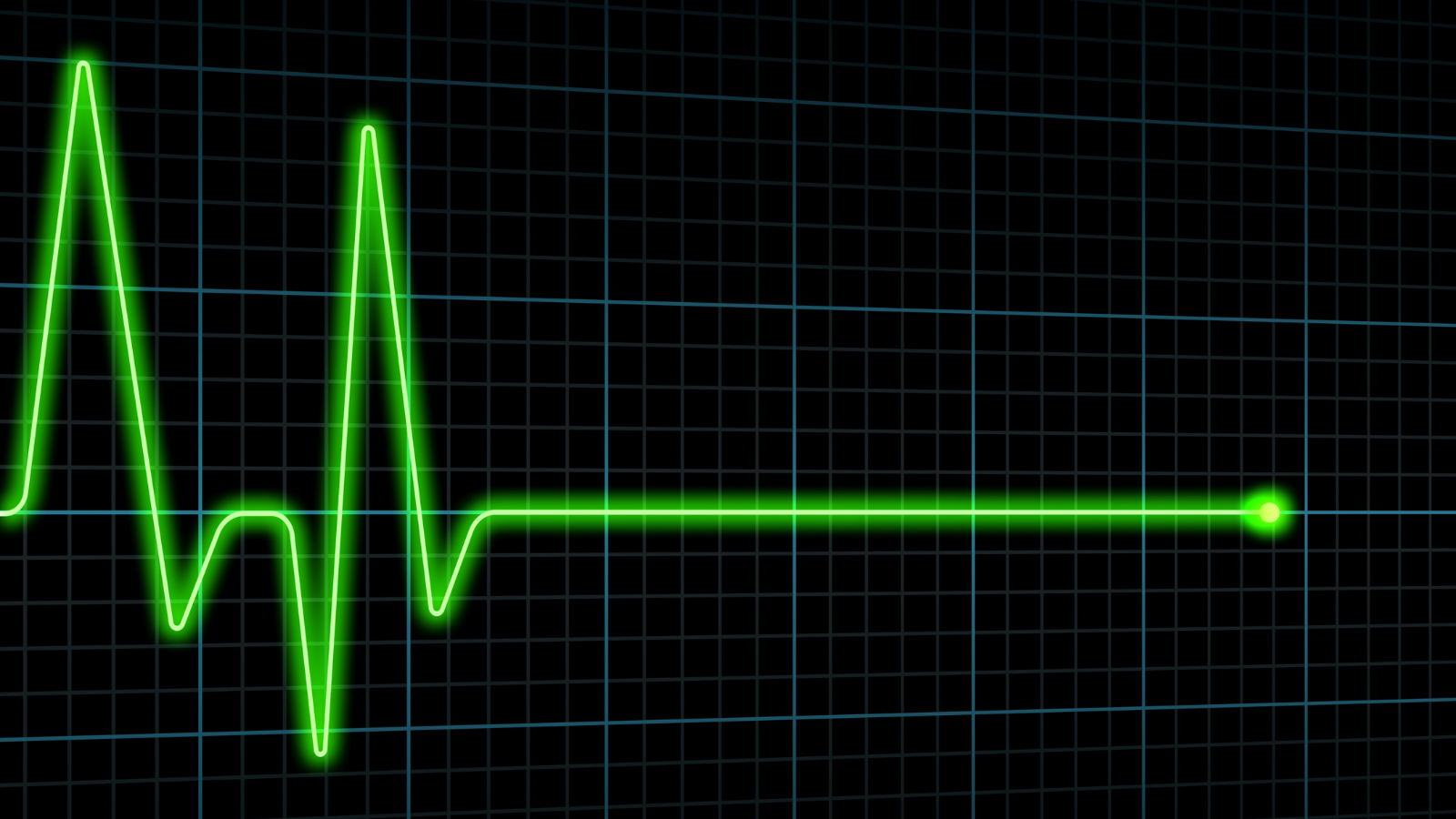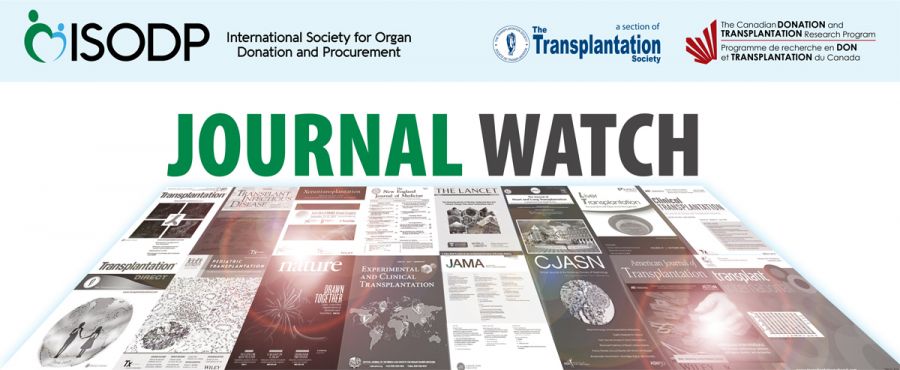Introduction
Dear ISODP Journal Watch Readers,For all who attended the TTS conference in Buenos Aires, we hope you had a wonderful and enlightening time! I am sure that many of the presentations there will make for informative inclusions in future episodes of this Journal Watch.
We again enjoyed curating this September edition with a selection of articles that cover a wide range of donation topics. We have included publications that touch on the risks in determining brain death after a decompressive craniectomy, the potential for successful donation after out of hospital cardiac arrest, management of the potential lung donor, and a deeply researched review of the position of the world’s major monotheistic religions on organ donation. Other topics include a report on extensive surveys with families who have gone through the donation process, a pathway to convert a potential in an actual organ donor, and a randomized trial of a workplace intervention for intent to donate registries.
All this and more delivered directly to your email inbox all simply for being an ISODP member! We hope you find this issue informative and distribute it widely. It truly helps spread the word of the ISODP and can help recruit new members, both to the Journal Watch mailing list or as full members.
As always, we offer our deep gratitude to Amina Silva, Sylvia Okonofua, and Stéphanie Larivière for their tireless work in putting this together. We absolutely could not do it without you.
Happy Learning!
Sonny Dhanani
(Associate Director, CDTRP and Chair of the Canadian Donation Physician Network)
sdhanani@cheo.on.ca
Matthew Weiss
(Medical Director - Organ Donation at Transplant Québec and National Lead of the LEADDR Research Program, CDTRP)
matthew.weiss.med@ssss.gouv.qc.ca

A red flag for diagnosing brain death: decompressive craniectomy of the posterior fossa
Walter, U., Eggert, M., Walther, U. et al.
Canadian Journal of Anesthesia, 2022
Corresponding author: uwe.walter@med.uni-rostock.de
This article is a case report from Walter and colleagues of a patient who had apparent reversible signs of brain stem death. Importantly, this patient had undergone a craniectomy of the posterior fossa which has become a more common practice in many centres. The clinical signs of the patient almost 30 hours after the initial injury and 24 hours after craniectomy were consistent with brain death, though ancillary testing by ultrasound showed some cerebral blood flow. A few hours after that exam, the patient began breathing spontaneously. The authors describe the possible mechanisms of this event while acknowledging that the exact mechanisms or timelines would be difficult to predict in an individual patient. They end with a recommendation that extreme caution should be taken in determining brain death by clinical criteria in patients who have undergone a decompressive craniectomy, an important consideration for all clinicians and administrators responsible for brain death policy and exams.

The View of the Three Monotheistic Religions Toward Cadaveric Organ Donation
Bokek-Cohen et al.
OMEGA - Journal of Death and Dying, 2022
Corresponding author: ybokek@gmail.com
This literature review written by Bokek-Cohen et al. explores the views of three major monotheistic religions (Christianity, Islam, and Judaism) towards deceased organ donation. Religion plays a key role for families when making an informed decision regarding organ donation, and evidence from the literature shows that these three monotheistic religions are mostly supportive of deceased organ donation as they encourage acts of altruism. However, these religions also hold unique restrictions according to the established attitudes and beliefs of the doctrine towards the determination of death and using organs for transplantation. For example, while Jewish and Muslims see the body as a temple for the soul, the Christian approach does not see the body as ‘holy’ and therefore Christian doctrine may be more likely to encourage organ donation. This comprehensive review of the literature can help healthcare professionals and institutions to develop and/or enhance public education regarding the benefits of organ donation. Also, healthcare professionals should have transcultural knowledge and skills to approach family members about organ donation, while providing essential information according to the family’s belief system to enable an informed decision about deceased organ donation.

Evaluation of a workplace organ donation intervention: A randomized controlled trial
Khoshravesh et al.
Journal of Community and Applied Social Psychology, 2022
Corresponding author: karimi.a@umsha.ac.ir
Khoshravesh and colleagues conducted a randomized controlled trial (n=324) to evaluate the effectiveness of an intervention to increase the number of signed donor cards among employees in two-branch offices in Iran. This intervention was delivered over a 6-month period and included intrapersonal and interpersonal aspects guided by the theoretical constructs of the Extended Organ Donation Model. While the intervention group participated in this intervention focused on organ donation (called ‘Organ Donation, Life Donation’), the control group participated in another intervention with topics other than organ donation. After the exposure period, a higher number of participants from the intervention group signed the donor card when compared to the control group (73.2% vs. 17.9%). As well as participants from the intervention group had statistically significant higher scores related to knowledge, perceived behavioural control, anticipated regret, descriptive norms, non-cognitive beliefs, Islamic beliefs and intention than the control group in the follow-ups at 1 and 6 months. This study provides important evidence of the effectiveness of interventions to improve the willingness of people to organ donation, as well as supports the assertions that interventions on organ donation should be sensitive to cultural and religious issues.

The experiences of family members of deceased organ donors and suggestions to improve the donation process: a qualitative study
Sarti et al.
Canadian Medical Association Journal, 2022
Corresponding author: asarti@toh.ca
This qualitative study from Sarti et al. explored the experience of 258 family members who had been through the organ donation experience in Canada. The results from this study were grouped into three major themes: (1) Need for more comprehensive support around the time of donation – in this theme participants expressed the desire for more support from the healthcare team involved, as well as social support from people with similar lived experience and even online supports; (2) Desire for connection with recipients after donation – family members desire to connect with transplant recipients is complex as it can be bound with the grieving process, but getting to know the recipient, or information on their health status, can be important for donor’s family; (3) Need for improved support after donation – in this theme participants gave different suggestions to help to improve the donation process, including the need for more follow-up from the different parts involved in donation after the family leaves the hospital. This study found different gaps in the support received by family members of organ donors, and it provides important insight that can be used to help improve the family experience of deceased organ donation.

Management of the potential lung donor
Arjuna et al.
Thoracic Surgery Clinics, 2022
Corresponding author: ashwini.arjuna@commonspirit.org
This experienced group of authors reviewed the current understanding of pathophysiologic and current evidence-based recommendations for the management of the potential lung donor, with an emphasis on the evaluation of donors in the COVID-19 era. They emphasize that currently only 15-20 % of lungs from donors are accepted. They describe two important roles for aggressive lung management: (1) increasing lung (and heart) donation itself, and (2) optimizing oxygenation to end organ to increase other organ recovery. They describe current support for lung protection strategies and for targeted fluid management and detail the impact of such strategies. They also comment on other clinical areas such as imaging, bronchoscopies, cultures, antibiotics, and transfusions. In particular, the authors summarize developments with the potential of COVID-19 transmission. In non-COVID donors, a nucleotide antigen test (NAT) from the upper and lower respiratory tract within 72 hours of recovery is recommended. For donors with resolved COVID, a resolution of symptoms and >21days from positivity is suggested. They describe cases where donors with active COVID have donated lungs to patients with active or recent COVID. There have only been a few reports of a transplant from COVID-positive donors to COVID-negative patients, but with good outcomes.

Organ donation after out-of-hospital cardiac arrest: a population-based study of data from the Paris Sudden Death Expertise Center
Renaudier, M., Binois, Y., Dumas, F. et al.
Annals of Intensive Care, 2022
Corresponding author: alain.cariou@cch.aphp.fr
This article by Renaudier et al. describes the frequency and predictors of organ donation after brain death in patients admitted to ICUs after out-of-hospital cardiac arrest (OHCA). Over a 7.5-year period, it was found using the Sudden Death Expertise Center (SDEC) that 4638 patients were admitted alive to ICUs after OHCA. Among them, 3170 died in the ICU and were screened for the study, including 3061 who were enrolled. Of the enrolled patients, 481 (16%) proceeded to brain death; including 136 who donated organs. They found that in patients with post-resuscitation shock, factors independently associated with organ donation were the neurological cause of OHCA and higher pH. Follow-up at one year did not demonstrate an association between Utstein characteristics (measures of severity of arrest on arrival) and long-term graft outcomes. However, this report did not analyze a control group of non-OHCA organ donors for comparison of long-term outcomes. This analysis was also done in a period when controlled donation after circulatory determination of death (DCD) was rarely if ever practiced in France. The report suggests that OHCA patients represent a substantial pool of donors whose transplanted organs lead to acceptable long-term outcomes, even in the absence of an active-controlled DCD program.

Pathway to convert a potential in an actual organ donor
Silveira & Badoch
Effective Public Health Policy in Organ Donation, 2022
Corresponding author: drfabiosilveira@cdto.med.br
This longitudinal research aimed to increase the number of actual donors for organ transplantation by identifying processes in converting a potential donor into an actual donor. Organ donation in the brain-dead scenario involves a pathway, which includes confirmation of brain death diagnosis; this involves 2 clinical tests and a positive apnea test, a family approach, an interview regarding organ donation, and donor’s care. When successful, it results in conversion; i.e., a potential donor is considered an actual organ donor. However, each step in the process has its challenges associated with non-conversion. reasons for non-conversion were divided as follows: death diagnosis (3% of cases), medical contradiction (35%)- with sepsis and cancer being the leading causes, 14% due to family refusal, and 5% due to cardiac arrest. Moreover, it was found that 58% of potential donor notifications do not result in an actual donor. Nevertheless, the researchers recommended that identifying and giving a correct diagnosis to brain death patients, even though not all of them result in a donation, foster a positive and life-saving cycle.
Social
Contact
Address
International Society for Organ
Donation Professionals
c/o The Transplantation Society
740 Notre-Dame Ouest
Suite 1245
Montréal, QC, H3C 3X6
Canada



